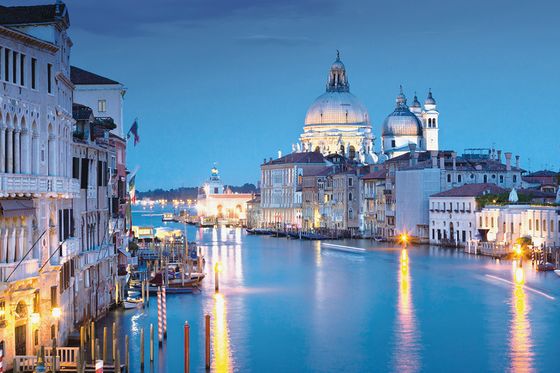How to see another side of Dubai on tour
When you think of Dubai, you might imagine colossal towers, indoor ski resorts, luxury shopping malls—maybe even Carrie Bradshaw and her friends in the desert. But glitz and glamour aren’t all this Middle Eastern metropolis has to offer.
When you think of Dubai, you might imagine colossal towers, indoor ski resorts, luxury shopping malls—maybe even Carrie Bradshaw and her friends in the desert. But glitz and glamour aren’t all this Middle Eastern metropolis has to offer. See what you’ll discover on a tour of Dubai.

Burj Khalifa vs. Al Fahidi Fort
The ultimate status symbol, Dubai’s Burj Khalifa doesn’t just tower above the city—it’s the tallest building in the world. Standing more than 2,700 feet high, the icon is home to corporate suites, luxury residences, and a hotel. The building’s observation decks are another record-breaker, offering views of Dubai from 1,800 feet above the ground.
But hypermodern skyscrapers haven’t always been the status quo. In fact, for most of the city’s long history, Dubai was a humble fishing village, specializing in oysters and pearls. Oil discovered in the 1960s, as well as a new currency, gave Dubai the means for a major makeover. You’ll learn about this dramatic shift during a visit to the Al Fahidi Fort. Built around 1800, the fort is the oldest standing structure in Dubai and is home to the Dubai Museum. Inside, explore interactive exhibits that detail Dubai’s transformation from desert town to global metropolis.

Palm Jumeirah vs. Al Ain Oasis
Another symbol of Dubai’s economic prowess, the Palm Jumeirah is a man-made archipelago in the Arabian Gulf. From above, you can see where the island gets its name—its shape is reminiscent of palm fronds. Luxury resorts, beaches, and homes line Palm Jumeirah’s 17 “leaves.”
Away from the coast, the Al Ain Oasis beckons with its lush, green gardens, inviting walking paths and real palm trees. Thanks to more than 3,000-year-old farming techniques, part of the desert around Dubai sustains a series of date palm plantations, as well as tropical fruit trees. Strolling through, it’s hard to believe you’re just a short way away from one of the world’s biggest cities, let alone in the middle of the desert.

A yacht cruise vs. an abra ride
Thanks to its warm climate, Dubai’s waters are dotted with boats year-round. Many residents take to the sea in style, sailing in luxurious yachts and catamarans. With so many marinas along Dubai’s coast, it’s easy to find a charter that suits your style—and budget. For around $300 dirham an hour (a little over $80USD), you can cruise on the Arabian Gulf and catch the sun setting over Dubai’s impressive skyline.
To get closer to the city’s roots, spend time sailing along the Dubai Creek in an abra. These traditional water taxis are made of wood and offer open, bench-style seating for everyone on board. It’s one of the fastest ways to get between old and new Dubai, and a popular mode of transport for locals.

Dubai Mall vs. Dubai souks
Sure, there’s shopping—but that’s just the beginning of what’s in store at the Dubai Mall, the largest mall in the world. An aquarium, an ice rink, a flight simulator and a 155-million-year-old dinosaur skeleton are some of the over-the-top wonders you’ll find here. When you’re done shopping, you can even jump in the water with the aquarium’s resident sharks or enjoy a slightly less thrilling adrenaline rush at the indoor theme park.
For a more traditional shopping experience, head to one of Dubai’s many souks. Gold, textiles, perfumes—you can find it all in the stalls, which are bustling with locals and visitors all day. We recommend a visit to the spice souk in Deira, near Old Dubai. The colors and scents, from cinnamon and cardamom to rose petals and vanilla bean, are irresistible. Though it’s small, we bet you’ll spend plenty of time exploring here—and you’re not likely to come away empty-handed.






















































































)














